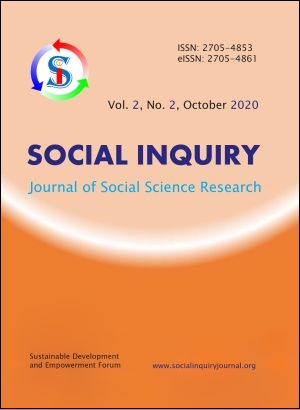India-Israel Relations: Opportunities and Complexities
DOI:
https://doi.org/10.3126/sijssr.v2i2.33055Keywords:
India, Israel, Geopolitics, Security, PalestineAbstract
India and Israel share a rich civilizational history that began with the coming of Jews to India in 562 BCE and an identical colonial past being colonized by the British Empire. Together, they share a special association marked by several commonalities like both were born out of the bitter partition, practicing democratic ideals, subject to hostile neighbours, and rising cross-border terrorism. While India recognized Israel in 1950, it took four long decades for both to formally began their diplomatic ties. The post-Cold War world order, the rise of coalition politics in India, and the successful de-hyphenation of Indo-Israel ties from Indo-Palestine ties have further contributed to the increasing importance of the relationship. Today, the relationship, which was once founded on the bedrock of defense cooperation and arms trade, has become multifaceted. Both countries have converged across fields that include space, science, and technology, real estate, textile, cybersecurity, pharmaceuticals, agricultural innovations, water management, energy, etc. Along with convergences, there are also geopolitical divergences on the question of Palestine, Israel’s critical view of India-Iran relations, India’s sensitivities to Israel-China relations, etc. that have contributed to shaping the relationship. However, trust and pragmatism have never let the divergences overpower convergences in the relationship. A growing Indo-Israel tie is also seen as a boost to heightened Indo-US ties. This increased reconciliation between Israel and India is also expected to have wider implications for regional geopolitics and further shaping the strategic discourse of the region.




